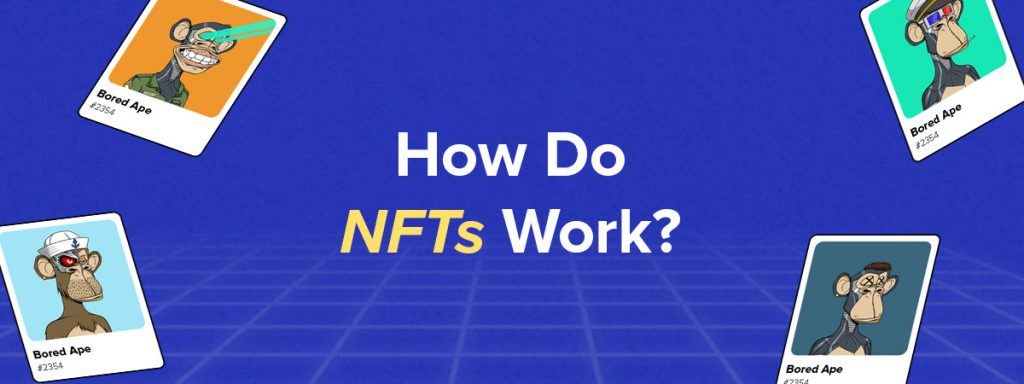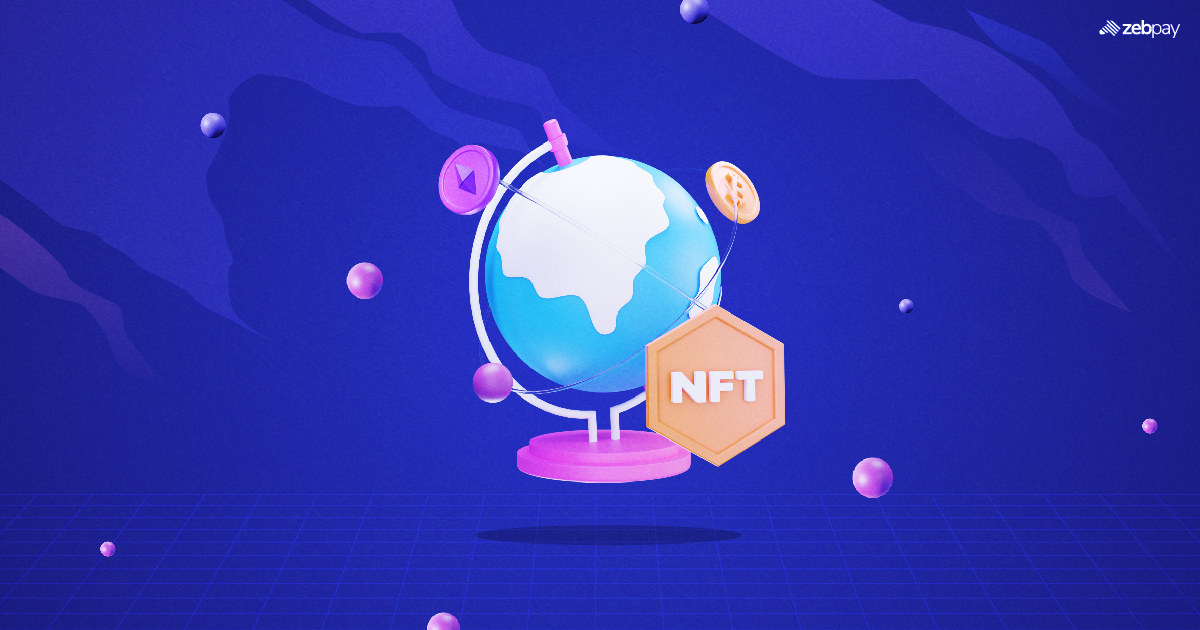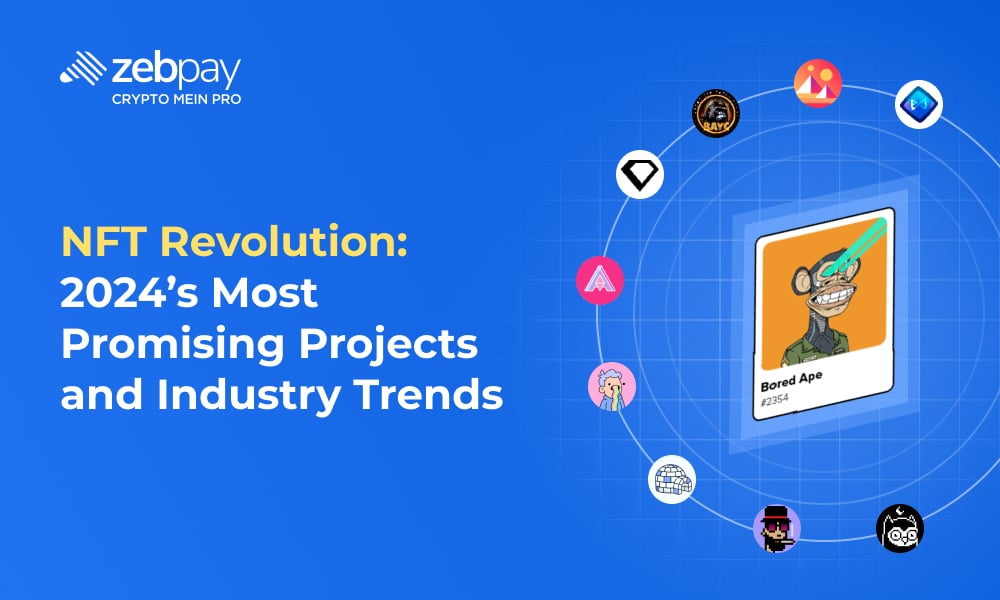The growth of crypto has brought with it innovation in several other fields. One such field is digital art. Non-fungible tokens (NFTs) are hitting the headlines every day because of the unbelievable prices they sell for. For example, a collection called “CryptoPunks” sold for an average price of over $100,000.
But what are NFTs? Art is not their only application. They have a wide range of uses from securing legal documents to proving ownership of other digital assets.
What are Non-Fungible Tokens?
An NFT is like a certificate of ownership. They certify the ownership of digital assets and make them unique on the blockchain. Almost anything can be converted into an NFT, from the artwork mentioned above to music, videos and even in-game characters. An NFT is a token on a blockchain, as this is what allows the network to track its ownership and transfer from one person to another.
NFTs are non-fungible. This means no two NFTs are identical. Even if they might look the same, each has a unique token that proves its authenticity. It is not possible to replicate or replace this token.
Unlike crypto tokens, NFTs cannot be divided into smaller parts. You may be able to send someone 0.1 Bitcoins, but an NFT is a distinct unit.
What Makes NFTs So Special?
When you buy an NFT like a Bored Ape, each one looks different from another in the collection. This is because all NFTs have some unique attributes or traits that determine their rarity. These attributes are also stored on the blockchain, along with information about their owners.
The ease of establishing authenticity and their uniqueness is what makes an NFT valuable.
How Do NFTs Work?

NFTs use a blockchain as a public ledger. But unlike crypto tokens, they are not divisible into smaller parts. Each one is a single unit representing some digital or physical asset. The most widely used blockchain for NFTs is Ethereum. Crypto coins on Ethereum use the ERC-20 standard, while NFTs use ERC-721.
Ownership is managed through two features, unique ID and metadata. These characteristics cannot be copied by any other token on the blockchain. When you create a new NFT, you execute a smart contract. This contract allows the new NFT to add itself to the network and gives it its unique attributes and transferability.
How are Non-Fungible Tokens Used?
Currently, the most popular avenue for NFTs is collectables. For example, digital artists may choose to convert their art into NFTs to ensure it is not stolen or misused by others on the internet. This has become a major avenue for smaller artists and gives them a brand-new platform to earn from their creations.
Second, NFTs can also be in-game collectables. In a game like CryptoKitties, your goal is to collect, breed and sell your NFTs to other users on the marketplace. Through this, you can truly own the game assets you play with. Several other games like Otherside and NBA Top Shot follow a similar format.
But that’s not all. NFTs have so many other uses beyond games. They can be used for securing legal documents like land ownership. Music and movies can also be distributed in the form of NFTs, making it easier to prevent piracy. Finally, digital invoices and tickets can also take the form of NFTs.
Read more: Hacks For Finding NFT Projects
How to Buy NFTs?
There are two main ways you can buy NFTs. First, the collection you wish to buy may have its own market, like Decentraland or CryptoKitties. In such cases, you can link your crypto wallet to the website and purchase directly from other users of the platform.
Another avenue is buying them from one of many NFT marketplaces. Some of the most popular websites are OpenSea and Rarible. Once you link your wallet to any of these marketplaces, you can choose from thousands of collections. Every attribute and trait is listed along with the asking price.
No matter where you buy from, the process is simple and seamless.
Read more: 5 ways to protect your NFTs from being stolen
How are NFTs Taxed?
As per the 2022 Union Budget, all gains from Virtual Digital Assets – including NFTs – are taxed at a flat 30%. This means that if you sell any of your NFTs, you will have to pay a 30% tax on any income received from the sale.
However, the Central Board of Direct Taxes has specified that the following items will not be considered NFTs.
- Gift cards or vouchers
- Mileage points
- Subscriptions
Additionally, if the sale of the NFT is accompanied by a transfer of an underlying tangible asset, that sale will be taxed as per the asset and not as an NFT.
You can now buy 100+ Cryptos on ZebPay Australia. ZebPay also lists Ether which is the token for the Ethereum Blockchain that runs most NFTs.




